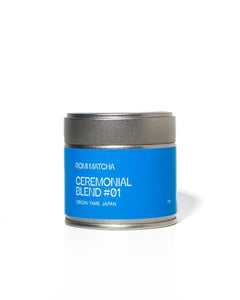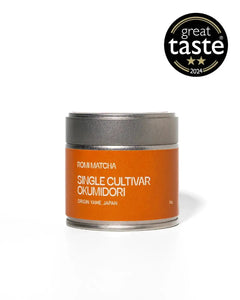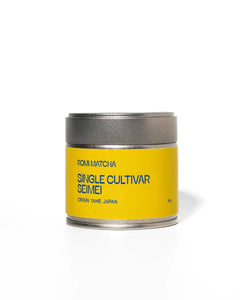Today, when we think of powdered tea, we think of matcha. But the history of matcha begins long before Japan’s tea ceremony. The practice of grinding tea leaves has roots in Tang Dynasty tea culture, flourished during the Song Dynasty, and travelled through monasteries to become the mindful ritual we know today.
Powdered Tea in the Tang Dynasty (618–907 CE)
The earliest known powdered teas emerged during China’s Tang Dynasty. Tea wasn’t loose-leaf—it was pressed into bricks. These tea bricks were steamed or roasted, then ground into powder and whisked into hot water.
Why powdered?
-
Portability – tea bricks were ideal for long trade routes.
-
Preservation – compressed tea held its flavour and freshness.
-
Ritual – preparing powdered tea became a shared social and cultural act.
Tea was already evolving into something deeper—an experience, not just a drink.
Song Dynasty Tea Culture (960–1279 CE)
Under the Song Dynasty, powdered tea became more refined. Artisans began steaming fresh leaves (instead of forming bricks), drying them, and grinding them into a fine green powder—closer to what we now recognise as matcha.
Song scholars, poets, and monks prized it for:
-
Its vivid green colour (an early sign of quality).
-
The frothy surface created during whisking—often part of elegant competitions.
-
The calm, sustained energy it provided.
This was the golden era of Chinese powdered tea—an intersection of artistry, ritual, and reflection.
Buddhist Tea Rituals: Tea for Mindful Focus
In monasteries, powdered tea had a deeper role. Monks consumed the whole ground leaf, unlocking more nutrients and a longer-lasting, more even energy—perfect for meditation. These Buddhist tea rituals helped cement powdered tea as a tool for both clarity and presence.
This focus-driven connection is one reason the practice travelled beyond China.
Powdered Tea in the Japanese Tea Ceremony
In the late 1100s, the Japanese monk Eisai brought powdered tea from China to Japan. While China later transitioned to loose-leaf brewing during the Ming Dynasty, Japan preserved the powdered method.
Over time, the practice evolved—giving rise to the Japanese tea ceremony and what we now know as matcha.
Powdered Tea Today: A Modern Ritual
Though best known through matcha, powdered tea is reemerging in new ways around the world:
-
Powdered green teas beyond traditional matcha
-
Powdered herbal teas for fast, flavourful brews
-
Functional tea powders with wellness and adaptogenic blends
The same qualities that made powdered tea useful centuries ago—portability, full-leaf nutrition, and ritual—are what make it feel relevant today.
🍵 A Thousand-Year Tradition, Still Fresh
Whether it’s ceremonial, culinary, or part of a modern wellness routine, powdered tea represents a tradition of wholeness: consuming the full leaf, embracing calm focus, and connecting to a ritual that’s spanned continents and centuries.
✨ It started with travel and practicality. Now it’s about clarity, flavour, and flow.



